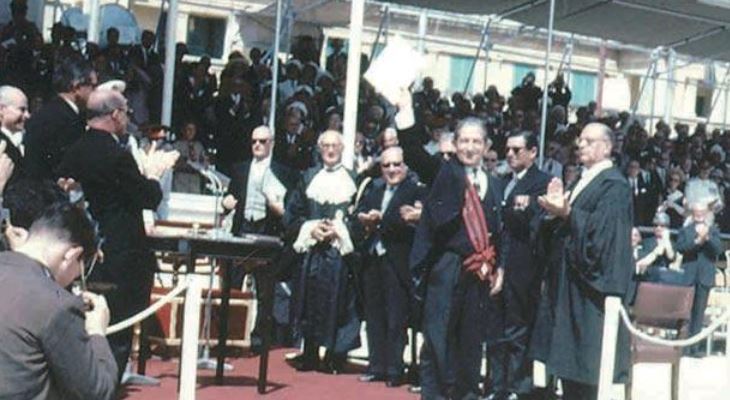September 21 is one of Malta’s five national holidays and celebrates the day Malta gained independence after 150 years of British rule.
Malta’s strategically important position right in the middle of the Mediterranean Sea meant that it has been tossed about from one foreign ruler to another since time immemorial. Small wonder that the island’s history is as chequered as it is rich. Malta’s long list of rulers include the Phoenicians, the Romans, the Greeks, the Arabs, the Normans, Sicilians, Swabians, Aragonese, the Knights of St John, the French for two restless years and finally the British for over 150 years, which have left an indelible mark on the island today.
The early years of the 20th century saw Malta for the first time manifesting its own sense of identity and an overwhelming willingness to stand on its own two feet. After Britain granted Malta self-governance in the aftermath of the island’s bravery and loyalty to the crown during World War II, the movement for independence continued to grow.
The British had come to Malta after the island asked for help in expelling the French in 1800. Britain then incorporated Malta into its empire, but not before some hesitation from the new colonial rulers. In fact, the Treaty of Amiens of 1802 decreed that Malta should be passed back to the Order of St John, who had been unceremoniously kicked out by the French in 1798. However, some locals were not keen on this arrangement, and asked to remain under British protection.
As the Napoleonic wars resumed, the British were committed to defend Malta and would eventually gain full sovereignty of the Maltese Islands in 1814. Malta became a strategic stronghold and an important stepping stone for the British expansion in the east. It was home to the British Mediterranean fleet and a mid-way stop between British Gibraltar and the Suez Canal.
After self-governance was restored in 1947, two political camps emerged: one side favoured full integration with the United Kingdom while the other preferred 'self-determination' with the same dominion status enjoyed by Canada, Australia and New Zealand.

Prime Minister of Malta George Borg Olivier holds aloft the document granting Malta independence on 21 September 1964
A referendum on UK integration was held on 11th and 12th February 1956, which resulted in 77 per cent of voters saying they were in favour of the proposal. However, due to a boycott by the Nationalist Party and the Church, only 59.1 per cent of the electorate had actually voted, thus rendering the result inconclusive. The proposals listed in the referendum included that Malta would have three seats in the British House of Commons and that standard of living would be raised on a par with that enjoyed in the UK by raising wages and increasing employment opportunities. The UK parliament would have control of defence and foreign affairs, and eventually direct taxation, whereas the Maltese parliament would be responsible for all other areas of public life, including education and the position of the Catholic Church.
None of the proposals were ever implemented and Malta was granted independence on 21st September 1964, becoming a republic 10 years later. Despite this, the British legacy is still strong in Malta, from the language to the old-fashioned red phone- and letter-boxes, now a rare reminder of times gone by.
On the 25th anniversary of Malta’s independence, a bronze and marble Independence monument was inaugurated at the entrance to the Mall in Floriana. The monument was created by celebrated Maltese sculptor Ganni Bonnici and, at a height of 8.5m, was his largest creation and perhaps the tallest statue-based monument in Malta.
The monument is said to represent an important milestone in Ganni Bonnici’s artistic career. It merges the abstract with the figurative, as the female figure (an allegory of Malta) strides forward into the unknown while liberating herself from the shackles of the past represented by the abstracted bands beneath her as she holds aloft the national flag.